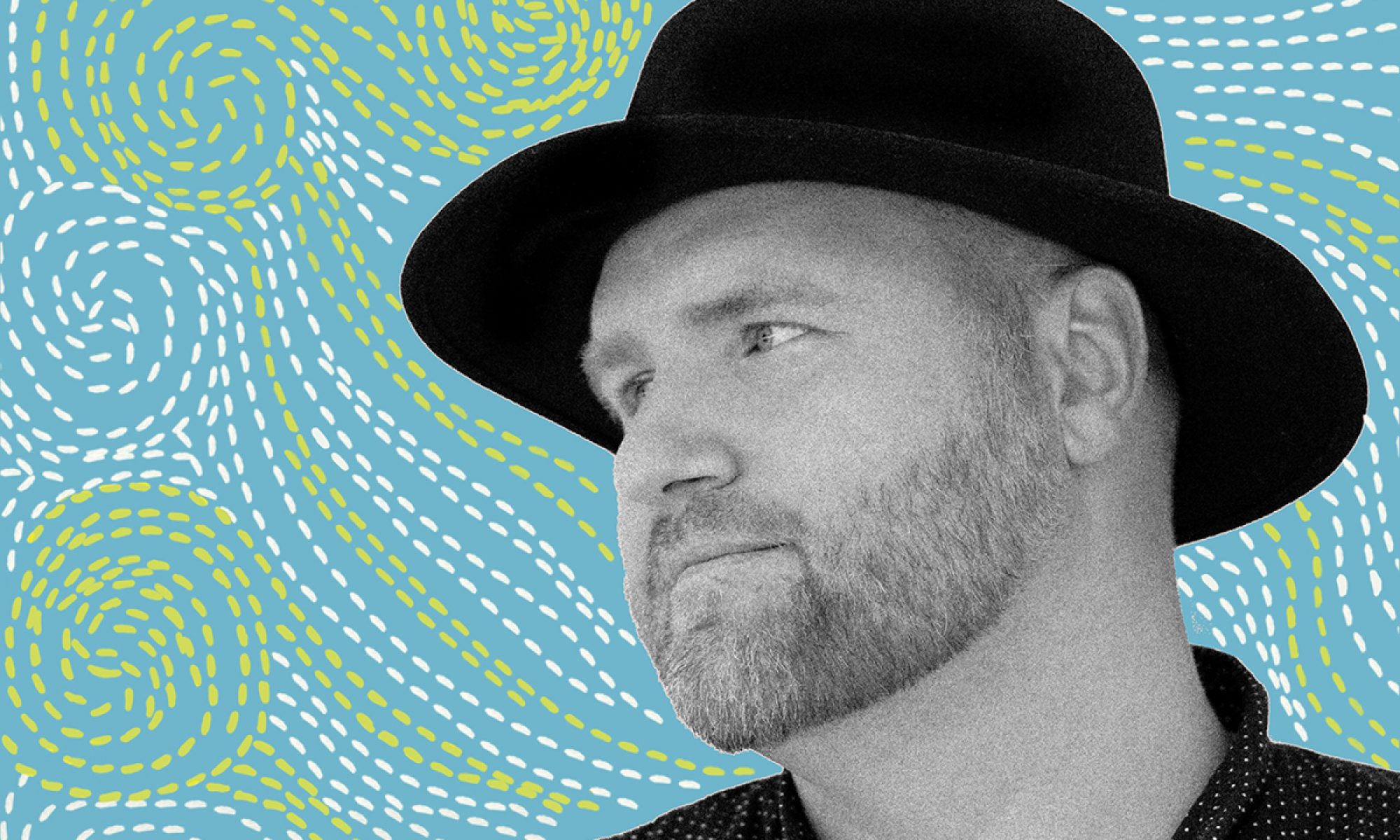Last year, a friend of mine named Archie Crisanto was directing a local stage production of The Woman in Black. He asked me to help him come up with some sound effects and write some original music for the play.
We talked about what kind of tone we wanted the music to have and the soundtrack for “There Will Be Blood,” composed by Radiohead member, Johnny Greenwood, came to mind. This really helped to inspire the tone and direction of the music I wrote.
There were 4 pieces of music I recorded for the play. For the first one, I tried to create something where you really felt a sense of despair and loneliness. The guitar line is repetitive, slow and heavily covered in reverb. For the eerie ringing in the background, I strummed by pick on the top of the guitar headstock, which is enough to make the open guitar strings vibrate and sound the way they do. I actually copied this technique from watching the guitar player from Radiohead do this during the opening of the song “Lucky.” We ended up actually not using this piece in favor of instead using the strings piece you will hear later. So, here’s the first piece, which I’ve appropriately titled, “Eerie Guitar”.
The second piece is an organ improvisation. This one actually was used in the play as background music during a scene where a funeral is taking place and a priest is giving a speech. I’ve entitled it “Spooky Organ Improvisation.”
This third piece of music is another improvisation but this time on piano. I used something called a “whole tone scale.” Most scales that we’re familiar with hearing, such as the major or minor scales, are a combination of half steps and whole steps. Because of this, there is a note called the “tonic” note that you brain wants the song to eventually resolve to. With the whole tone scale, there are no half steps and no tonic note to end on and so, the music just tends to drift without ever really getting resolved. This is something that the composer, Debussy started to use a little later in his career, which really gives it an other worldly sound, which is what we were going for with the play. I also took some of the notes I played and reversed them on the computer to give it even more of a supernatural sound. This one didn’t make it in the play but I think it’s still really interesting.
The last piece was used in a scene where the actor sees the woman in black for the first time. The string really add a chilling effect to the story. I wanted it to sound like a massive string orchestra but with this being a low budget project, we couldn’t really afford to record an orchestra. Luckily, I played violin from 4th grade through my high school years and even though I’m a little rusty, I thought I could pull something off.
In total, there were 24 different string tracks. To start, I began with a minor chord played across 4 different tracks and with the same note held it out for about two minutes. I did a lot of different copying and pitch shifting with those parts so that there were some lower parts the sounded like cellos and violas and higher parts that sounded like very high violins. All together, it sounds like a massive group of strings playing a drawn out chord. I then added several tracks of myself gradually sliding the notes upwards.
Played against the drone of the minor chord, the effect is a very harsh, clashing sound with everything all together. I also added reverb and reversed some of the string parts to give them even more of an eerie quality.
I wish I could say I was innovative here but this atonal technique is actually a pretty common sound used a lot now in film scoring. Johnny Greenwood frequently uses it. One of the first people to use it is the polish composer, Krzysztof Penderecki, in his piece “Threnody to the Victims of Hiroshima” composed back in 1960. You’ve probably also heard this type of sound at the end of each episode of the TV show, LOST.
I’ve collected these tracks and made them available on Spotify, iTunes and my Bandcamp page. Enjoy!
